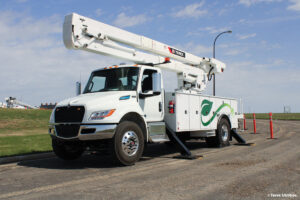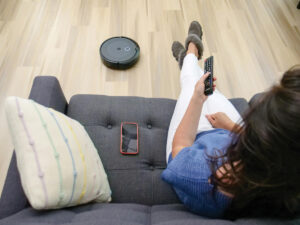When you hear the term virtual reality (VR) or augmented reality (AR), what is the first thing that comes to mind? If you’re a sci-fi fan, you may think of “The Matrix,” a film where Keanu Reeves (Neo) exists in an alternate virtual world while his physical body remains hooked up to an advanced AI robot.
You may also think of gaming – the ones seen in videos online where dad is wearing a VR headset for the latest virtual reality game and ends up crashing into the wall while immersed in a virtual environment and out of touch with his physical surroundings.
Smart glasses technologies may come to mind. They have been promised over the last several years and really haven’t panned out. Products such as Google Glass or Apple Glasses have promised an augmented reality where users can simply wear electronic glasses that overlay a virtual environment on top of the physical world. It may seem like these were somewhat of a flop when in fact we are starting to see real life applications for augmented and virtual reality headsets beyond gaming.
If we shift focus from using VR and AR for entertainment purposes to training applications, we now have a valuable tool that can be used to deliver high quality training efficiently in a safe environment, often at a reduced cost. Some companies, such as Walmart, AST and Boeing, use AR and VR training for employees. Porsche uses VR to educate employees about various components that make electric vehicles work.
All outside distractions are eliminated using AR/VR for training which increases the user’s focus on the content of the experience. Employees are less stressed when interacting virtually and learn to do the job properly in a safe environment.
In the medical industry, it is difficult to get hands-on experience performing intricate procedures without a high level of risk involved. Training in the manufacturing industry can prove to be costly due to the materials used in the process. These industries and many more that require operational and situational awareness can greatly benefit from VR/AR technology. This includes the electric utility industry.
An Oregon cooperative, along with Federated Rural Electric Insurance Exchange, is using recreated scenarios of downed power lines to create a realistic immersive training experience that can be used by first responders to train staff of dangers associated with downed power lines.
Other training topics include electrical hazards on farms and electrical vehicle fires. Jo-Carroll Energy, Elizabeth, uses VR technology to scan acquired substation assets that previously lacked detailed documentation. Engineers can visit a substation remotely using the VR technology to take measurements and view equipment, which allows them to save time and resources. VR allows the co-op to train new and old employees without exposing them to high-voltage hazards.
As VR/AR technology advances and integrates with the real world, we will see where reality can be manipulated from a virtual environment. For instance, if you were to flip a light switch in the virtual environment, that action can trigger programming that turns on/off a light in the real world. The applications for this type of integration are virtually endless.










